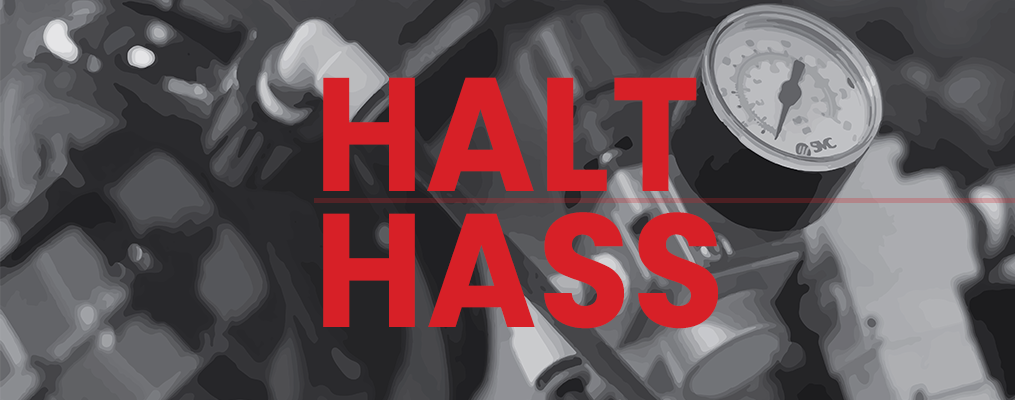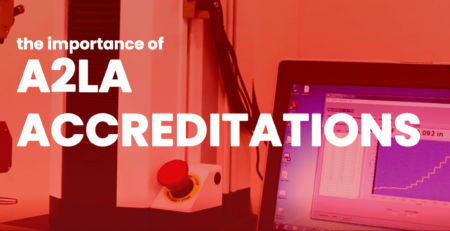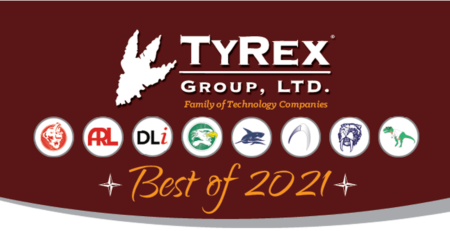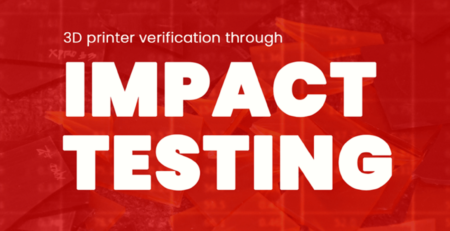Additive Manufacturing Testing Q&A – Part 2
Amit Pal2023-05-12T09:49:30-05:00In part two of our Additive Manufacturing Testing Q&A, Austin Reliability Labs (ARL) Reliability Engineer Ben Jones answered additional questions on additive manufacturing and the process of testing 3D printed items.
Q: What material characteristics of 3D printed parts are important to determine before production?
Ben: “The same material characteristics that are important to consider for every design are important for 3D printed parts, except perhaps manufacturability/machinability. Even so, you may still have to worry about those characteristics if your part/design requires post operations. If not, you won’t have to consider brittleness or fracturing of the material while it’s being machined. Flammability, tensile, compression, oxidation, hardness, finish/appearance, etc. are all still necessary to consider.”
Q: Don’t 3D printed parts require a lot of post machine work and sanding to make them sellable to the general market? Why bother with 3D printing if you have to do all this extra work?
Ben: “Post operations for beauty is a part of almost all forms of creation. The technology used in SLA (a type of additive manufacturing) is exceptionally smooth, shows no sign of the layers used and needs no post operations for smoothing. The finish of the part once it leaves the printing is dependent upon how it’s printed.
The fantastic thing about 3D printed parts is that all you need is a design and access to a printer to build something. This allows two things. First, you don’t have to wait for an expensive mold that you may or may not use frequently to be built. Second, you can spend the time making it how you need it and getting it faster. If you need a few hundred parts, right for you and right now, additive manufacturing is the way to go.
I thinks this brings us to the most important aspect of additive manufacturing – mass customization. Quite simply, parts and designs made by you or for you. Do you want a shoe fit specific to your needs? No problem. Do you want earbuds designed specifically for you? No problem. Do you want to make something that looks exactly like what you want? No problem. Mass customization is a coming change to the market that will be interesting to watch.”
Q: What are the differences between testing 3D printed parts and traditionally manufactured parts? Can the same tests and equipment be utilized?
Ben: “ASTM and ISO standards were built to determine properties from nebulous materials that could have different material properties depending on orientation, direction of forces, etc. This allowed engineers to define pretty much whatever we ran across. Because of this, the effects of orientation on building don’t alter our ability to test and define the material properties.
3D printed parts and traditionally manufactured parts differ in terms of labor, materials, time, effort, customizability and waste. Traditional manufacturing is normally done in one of two ways. One method is to take a chunk of something (normally a plate of it) and cut off parts until it takes the shape you want. Then that piece is bound to other pieces using fasteners or glue to make the final product. The other option is to make a mold of something using the first method described and then pour a liquid material into the mold. This means you have to have everything connected and “flowable” to everything else, and it also requires air vents, rework, post operations and repeatability.
With additive manufacturing the labor (post design) is done by the machine. The materials are much closer to the liquid/solid states while they’re being formed rather than solid or very liquid. Compared to traditional methods of manufacturing, it takes less time to make a small amount of parts. Effort is placed heavily on design rather than making the part from a design. Finally, instead of cutting off large chunks of things to make a part, you use almost exactly the amount of material you need. You still lose the base that the printer used to build up the part, but that is something more specific to the type of printing. It is far less expensive to make a custom part from a 3D printer than it is for a skilled craftsman to make that part.”
For additional information on how ARL can help with all your additive manufacturing needs, please feel free to contact our team for testing, our sister company SabeRex for production, or TekRex for design and development.






